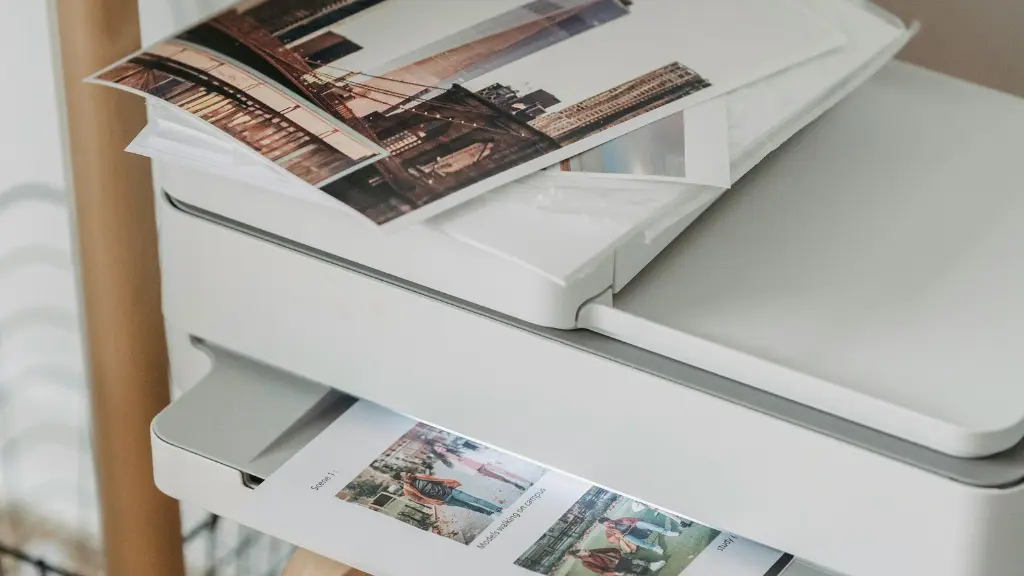
As a frequent user of 3D printers, I know that sometimes you need a quick print to get the job done. Whether it’s a prototype for a last-minute presentation or a replacement part for a broken appliance, quick 3D prints can be a lifesaver. In this article, I’ll be sharing some tips and tricks for achieving fast and efficient 3D prints.
One of the most important factors in achieving quick 3D prints is choosing the right settings. This includes selecting a high print speed, reducing the layer height, and adjusting the infill density. However, it’s important to keep in mind that sacrificing print quality for speed may not always be worth it. I’ll be discussing the ideal settings for different types of quick 3d prints and how to achieve the perfect balance between speed and quality.
Another important aspect of quick 3D prints is optimizing your 3D printer. This includes calibrating the printer, ensuring proper bed adhesion, and using the right filament. By making sure your printer is in top condition, you can reduce the chances of failed quick 3d prints and achieve faster printing times. I’ll be sharing some easy-to-follow steps for optimizing your printer and getting the most out of your quick 3D prints.
Selecting Your 3D Model

As someone who has been 3D printing for a while, I know that selecting the right 3D model is crucial to achieve a successful print. When it comes to quick 3D prints, it’s even more important to choose a model that is optimized for speed.
Criteria for Quick 3D Prints
When selecting a model for a quick 3d prints, there are a few criteria to keep in mind. First and foremost, the model should be simple and not too intricate. This will reduce the amount of time it takes to print and ensure that the print is completed quickly.
Another important factor to consider is the size of the model. Larger models will take longer to print, so it’s best to choose a model that is small and compact. Additionally, models with flat surfaces and minimal overhangs will print faster than those with complex geometries.
Sources for Quick Print Models
There are many sources for quick 3d prints models, ranging from free online repositories to paid marketplaces. Some of my favorite sources for quick print models include:
- Thingiverse: This is one of the most popular online repositories for 3D models. It has a huge selection of models, including many that are optimized for quick prints.
- MyMiniFactory: This is another online repository that has a large selection of 3D models. It offers a range of models, from functional objects to decorative pieces.
- Cults3D: This is a paid marketplace that offers a range of high-quality 3D models. While some of the models can be expensive, they are often well-designed and optimized for quick prints.
By keeping these criteria in mind and utilizing these sources, you can find the best quick 3D prints for your needs. Whether you’re looking for cool quick 3d prints or fun quick 3d prints, there are plenty of options available to choose from.
3D Printing Software Settings
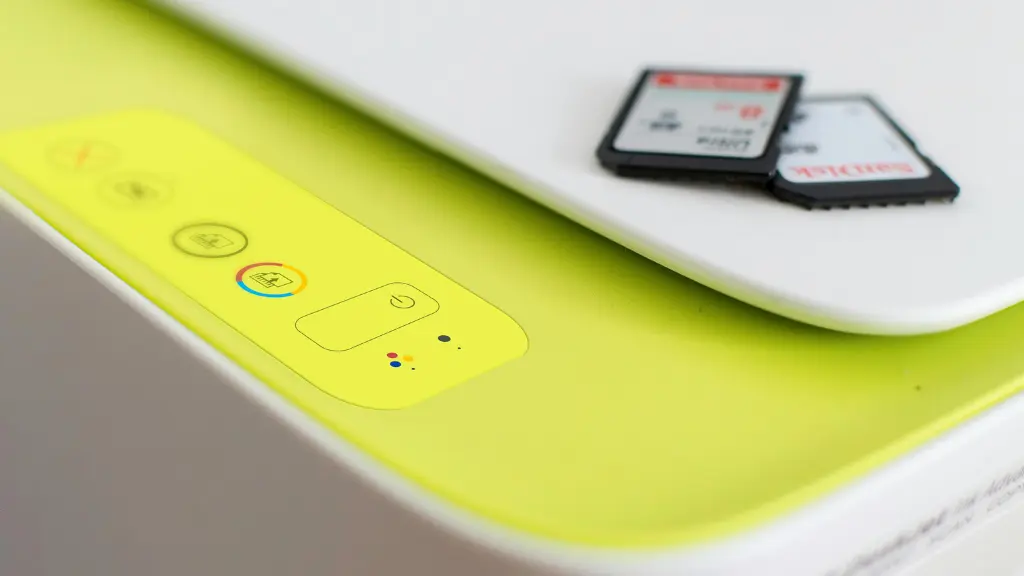
When it comes to 3D printing, the software settings can make a big difference in the speed of your prints. In this section, I’ll cover some tips and tricks for optimizing your software settings to achieve quick 3D prints.
Optimizing for Speed
One of the easiest ways to speed up your 3D prints is to adjust the layer height. Generally, the thicker the layer, the faster the print. However, thicker layers can also result in a lower quality print.Finding the optimal equilibrium between velocity and excellence is crucial.
Another setting that can affect print speed is the infill density. Increasing the infill density can make the print stronger, but it also takes longer to print. For quick 3d prints, try lowering the infill density to save time.
Cura Settings for Faster Printing
Cura is a popular slicing software for 3D printing, and it offers a variety of settings that can help you achieve faster prints. Here are a few tips for optimizing your Cura settings:
- Use the “Draft” print profile: Cura comes with a “Draft” print profile that is designed for quick 3d prints. This profile uses thicker layers and lower infill density to speed up the print.
- Adjust the print speed: Cura allows you to adjust the print speed for different parts of the print. For example, you can increase the speed for the outer walls and decrease it for the infill.
- Enable “Coasting”: Coasting is a feature that stops extruding filament before the end of a printed section. This can help reduce stringing and improve print speed.
By adjusting these settings in Cura, you can achieve faster 3D prints without sacrificing too much quality. Keep in mind that every print is different, so it’s important to experiment with different settings to find what works best for your specific project.
Choosing the Right Material

When it comes to quick 3D printing, choosing the right material is crucial. There are a variety of materials available in the market, each with its own set of properties and characteristics. In this section, I will discuss the key factors to consider when selecting a material for quick 3D printing.
Material Properties for Quick Printing
One of the most important factors to consider when selecting a material for quick 3D printing is its properties. The material should have properties that are suitable for quick 3d prints, such as fast cooling times and low warping. Some materials that are ideal for quick printing include PLA, PETG, and ABS.
PLA is a popular choice for quick printing due to its fast cooling times and low warping. It is also easy to print with and produces high-quality prints. PETG is another material that is ideal for quick 3d prints. It has similar properties to PLA but is more durable and heat-resistant. ABS is a strong and durable material that is also suitable for quick printing. Nevertheless, it necessitates a heated platform and might pose greater challenges during printing compared to PLA or PETG.
In addition to properties, it is also important to consider the availability and cost of the material. Certain materials might be pricier or more challenging to locate compared to others. It is important to choose a material that is readily available and affordable, especially if you plan on doing a lot of quick 3D printing.
Overall, when choosing a material for quick 3D printing, it is important to consider its properties, availability, and cost. By selecting the right material, you can ensure that your quick 3d prints are of high quality and meet your specific needs.
Printer Calibration for Speed
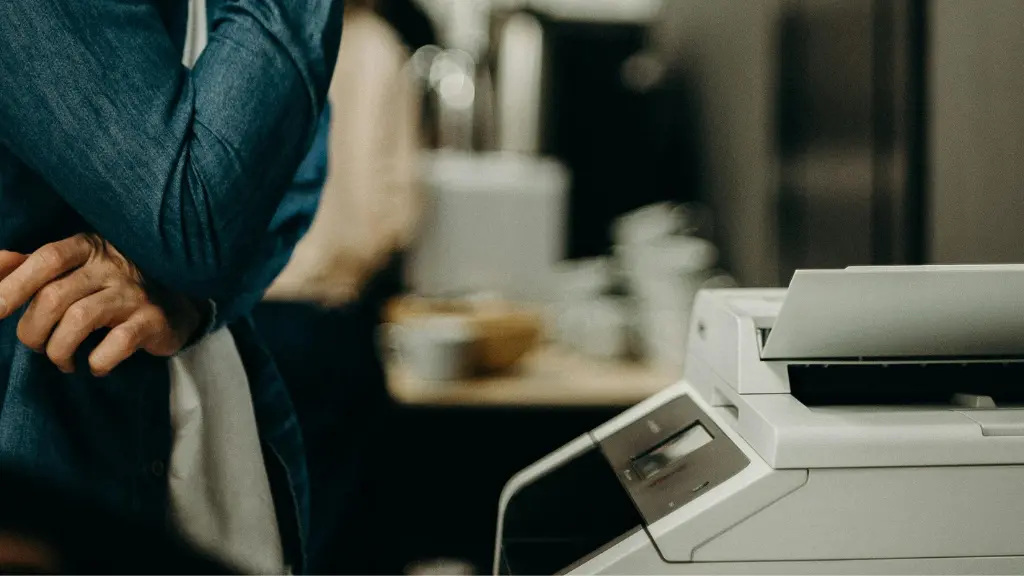
When it comes to quick 3D prints, printer calibration plays a crucial role in achieving both speed and quality. In this section, I will discuss the importance of printer calibration for speed and how to maintain print quality while optimizing for faster prints.
Maintaining Print Quality
Before diving into speed optimization, it’s important to ensure that your printer is calibrated for optimal print quality. This includes checking and adjusting the bed leveling, nozzle height, and extruder calibration. A poorly calibrated printer can result in uneven layers, poor adhesion, and other issues that can negatively impact print quality and ultimately slow down the printing process.
Once your printer is properly calibrated for print quality, you can begin to optimize for speed. One way to do this is by adjusting the layer height and print speed. Increasing the layer height and print speed can significantly reduce print time, but it’s important to find the right balance between speed and print quality.
Another way to optimize for speed is by using lower quality settings such as lower infill density, fewer perimeters, and lower resolution. However, it’s important to note that these settings can also impact print quality, so it’s important to test and adjust accordingly.
In conclusion, printer calibration is essential for achieving both speed and quality in 3D printing. By maintaining print quality and optimizing for speed through adjustments to layer height, print speed, and quality settings, you can achieve faster prints without sacrificing print quality.
Post-Processing Quick Prints
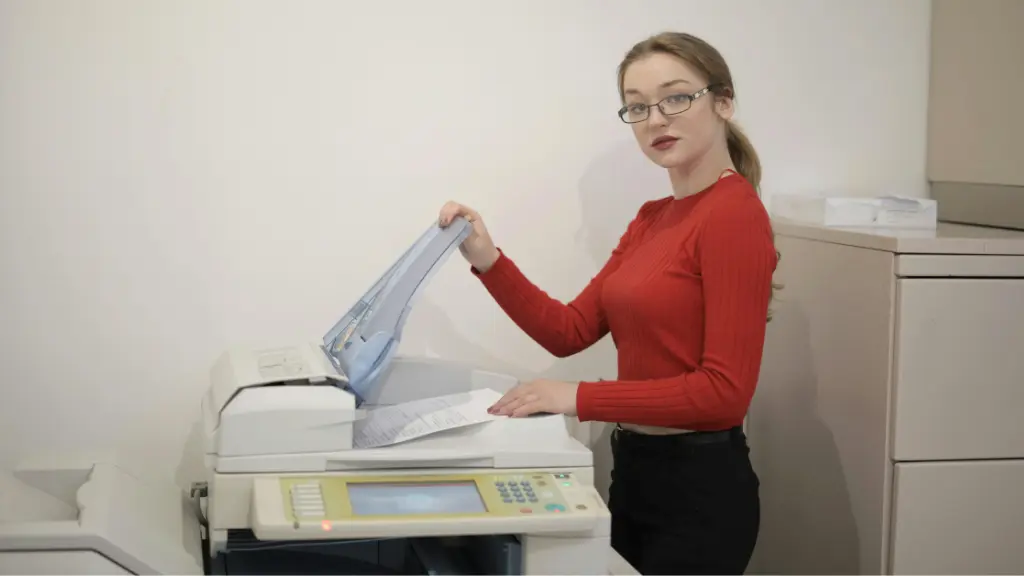
When it comes to 3D printing, post-processing can be a time-consuming task that can slow down the entire process. However, there are some quick post-processing techniques that can help you save time and effort while still achieving great results.
Quick Cleaning Techniques
Cleaning up a 3D print can be a tedious task, especially when you are dealing with small and intricate designs. However, there are some quick cleaning techniques that can help you get the job done in no time.
One of the easiest ways to clean up a quick 3d prints is by using a quick release agent. A 3d print quick release agent is a substance that helps the printed object release from the build plate. This can save you a lot of time and effort when it comes to removing the print from the build plate and cleaning up any residue.
Another quick cleaning technique is using compressed air to blow away any excess material or debris from the print. This can help you get rid of any loose material that may be stuck to the print and make it easier to clean up.
Rapid Assembly Methods
Once you have cleaned up your quick 3d prints, the next step is to assemble it. Assembly can be a time-consuming task, especially if you are dealing with complex designs. However, there are some rapid assembly methods that can help you save time and effort.
One of the easiest ways to assemble a 3D print is by using snap-fit connections. Snap-fit connections are pre-designed joints that allow you to easily snap different parts of the print together. This can save you a lot of time and effort when it comes to assembly, as you don’t have to worry about gluing or screwing different parts together.
Another rapid assembly method is using pre-designed support structures. Support structures are used to support the print during the printing process, but they can also be designed to help with assembly. By designing support structures that connect different parts of the print together, you can save time and effort when it comes to assembly.
In conclusion, post-processing quick 3d prints can be a time-consuming task, but there are some quick techniques that can help you save time and effort. By using quick cleaning techniques and rapid assembly methods, you can achieve great results in no time.
Troubleshooting Common Issues
Warping and Stringing

Warping and stringing are common issues that can occur during 3D printing. Warping happens when the bottom layer of the print lifts up from the print bed, while stringing occurs when thin strands of filament are left between different parts of the print. Here are some tips to troubleshoot these issues:
- Warping: To prevent warping, ensure that the print bed is leveled properly and that the temperature of the bed is set correctly. Also, try using a brim or raft to increase the surface area of the print and improve adhesion to the bed. Finally, consider using a heated enclosure to maintain a consistent temperature around the print.
- Stringing: To prevent stringing, make sure that the retraction settings in your slicing software are set correctly. Retraction is the process of pulling the filament back slightly between moves to prevent it from oozing out and creating strings. Also, consider increasing the travel speed between different parts of the print to reduce the amount of time the filament has to ooze out.
Layer Adhesion Problems
Another common issue that can occur during 3D printing is poor layer adhesion. This happens when the layers of the print do not stick together properly, resulting in a weak or brittle print. Here are some tips to troubleshoot this issue:
- Temperature: Make sure that the temperature of the print bed and hotend are set correctly for the type of filament you are using. Different filaments require different temperatures to print properly, so consult the manufacturer’s recommendations.
- Bed Adhesion: Ensure that the print bed is clean and free of any debris or oils that could interfere with adhesion. Also, consider using a bed adhesive such as hairspray or glue stick to improve adhesion.
- Speed: Printing too fast can also lead to poor layer adhesion. Consider slowing down the print speed to give each layer more time to bond properly.
By following these tips, you can troubleshoot common issues that may arise during quick and fun 3D prints. Remember to experiment and adjust your settings as needed to achieve the best results.
Innovative Quick Print Projects

As a 3D printing enthusiast, I am always on the lookout for quick print projects that are not only easy to print but also innovative. In this section, I will showcase two types of quick 3d prints projects that I have found to be both functional and decorative.
Functional Quick Prints
One of the most practical quick print projects I have come across is a phone holder. It is a simple design that clips onto the edge of a table or desk and holds your phone upright. This is a great print for those who like to watch videos or keep their phone in view while working.
Another functional print is a cable holder. This design clips onto the edge of a desk and holds your cables in place, preventing them from falling to the floor. This is especially useful for those who have multiple cables on their desk.
Decorative Quick Prints
If you are looking for a quick 3d prints project that is more decorative, then a vase is a great option. There are many vase designs available online, and they can be printed in a variety of colors. These vases are a great way to add some color and style to your home or office.
Another decorative print is a key holder. This design can be printed in a variety of shapes and sizes, and it is a great way to keep your keys organized and easily accessible. These key holders can be mounted on a wall or placed on a desk.
In conclusion, quick print projects are a great way to showcase the capabilities of 3D printing. Whether you are looking for something functional or decorative, there are many designs available online that can be printed quickly and easily.
Community and Sharing
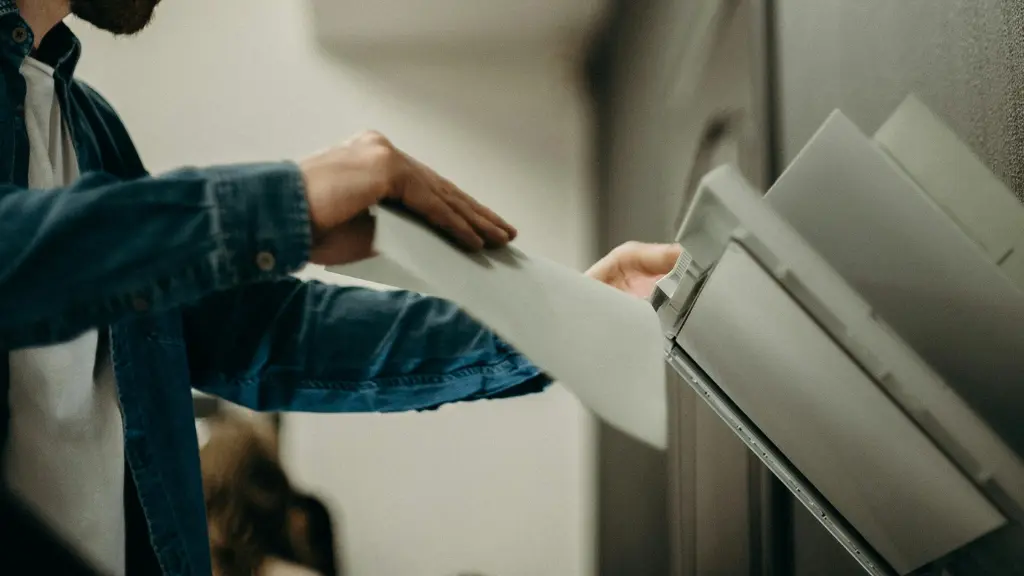
As I mentioned earlier, the 3D printing community is a great resource for finding and sharing quick 3D prints. Here are some ways to tap into this resource:
Forums and Groups
There are many online forums and groups dedicated to 3d quick printing. These can be a great place to ask for advice, share your work, and find new ideas for quick prints. Some popular forums include Reddit’s r/3Dprinting, Thingiverse’s Community section, and the Ultimaker Community.
Sharing Your Quick Prints
If you’ve created a quick 3D print that you’re proud of, consider sharing it with the community! There are many websites and platforms that allow you to upload and share your designs for free. Some popular options include Thingiverse, MyMiniFactory, and Pinshape.
Conclusion
Overall, the 3D printing community is a valuable resource for finding and sharing quick 3D prints. By participating in forums and groups and sharing your own work, you can connect with other enthusiasts and discover new ideas for your next project.
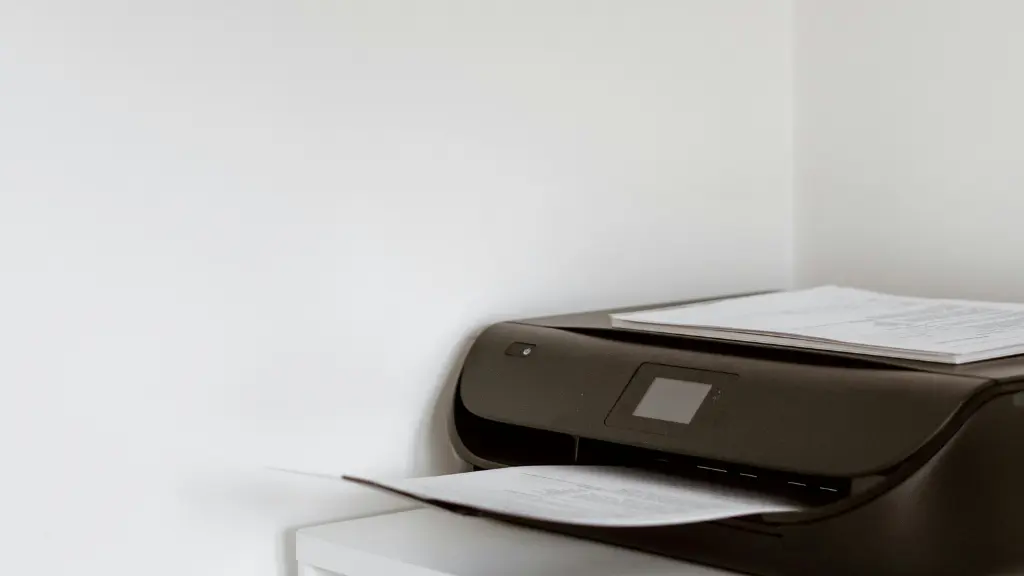
By sharing your work, you can help inspire others and contribute to the community. Also read this article: Mailchimp Ebook: The Ultimate Guide to Email Marketing.
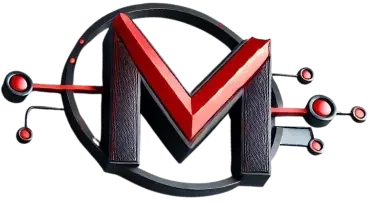
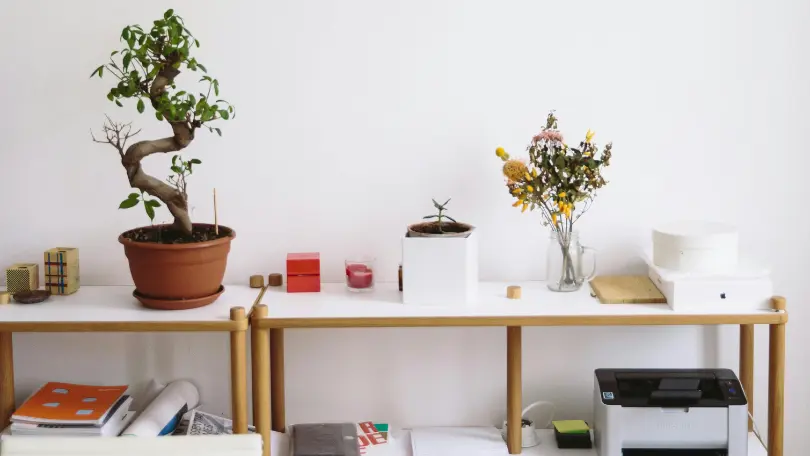
1 thought on “Quick 3D Prints: Tips and Tricks for Fast Prototyping”